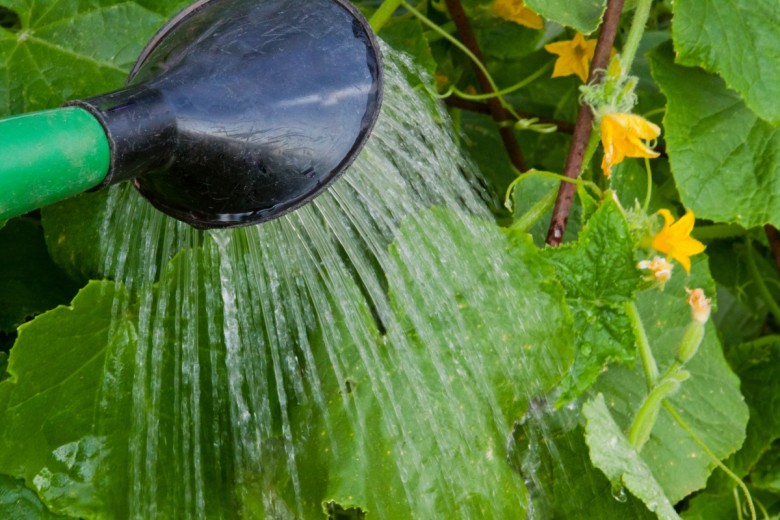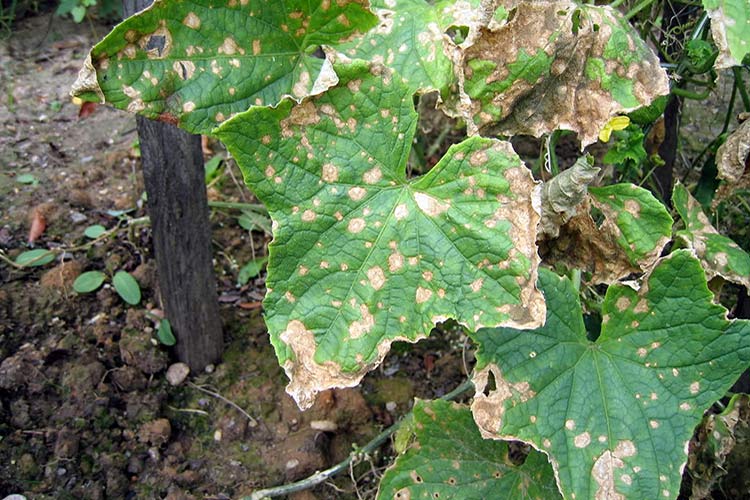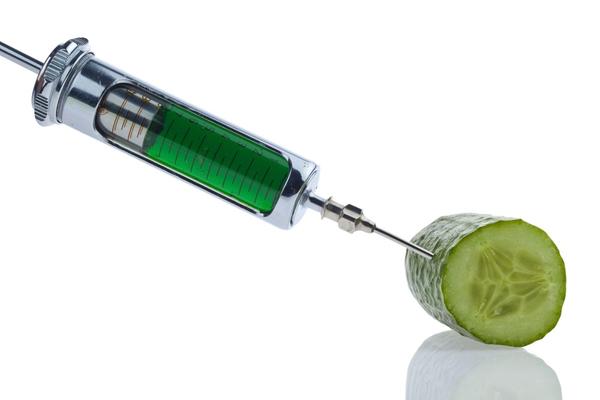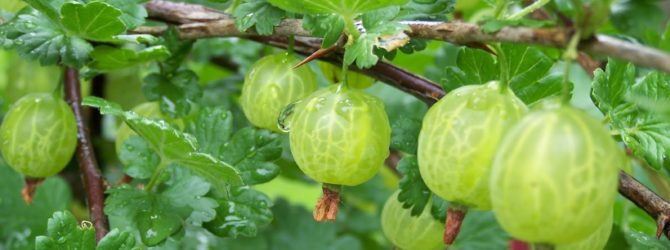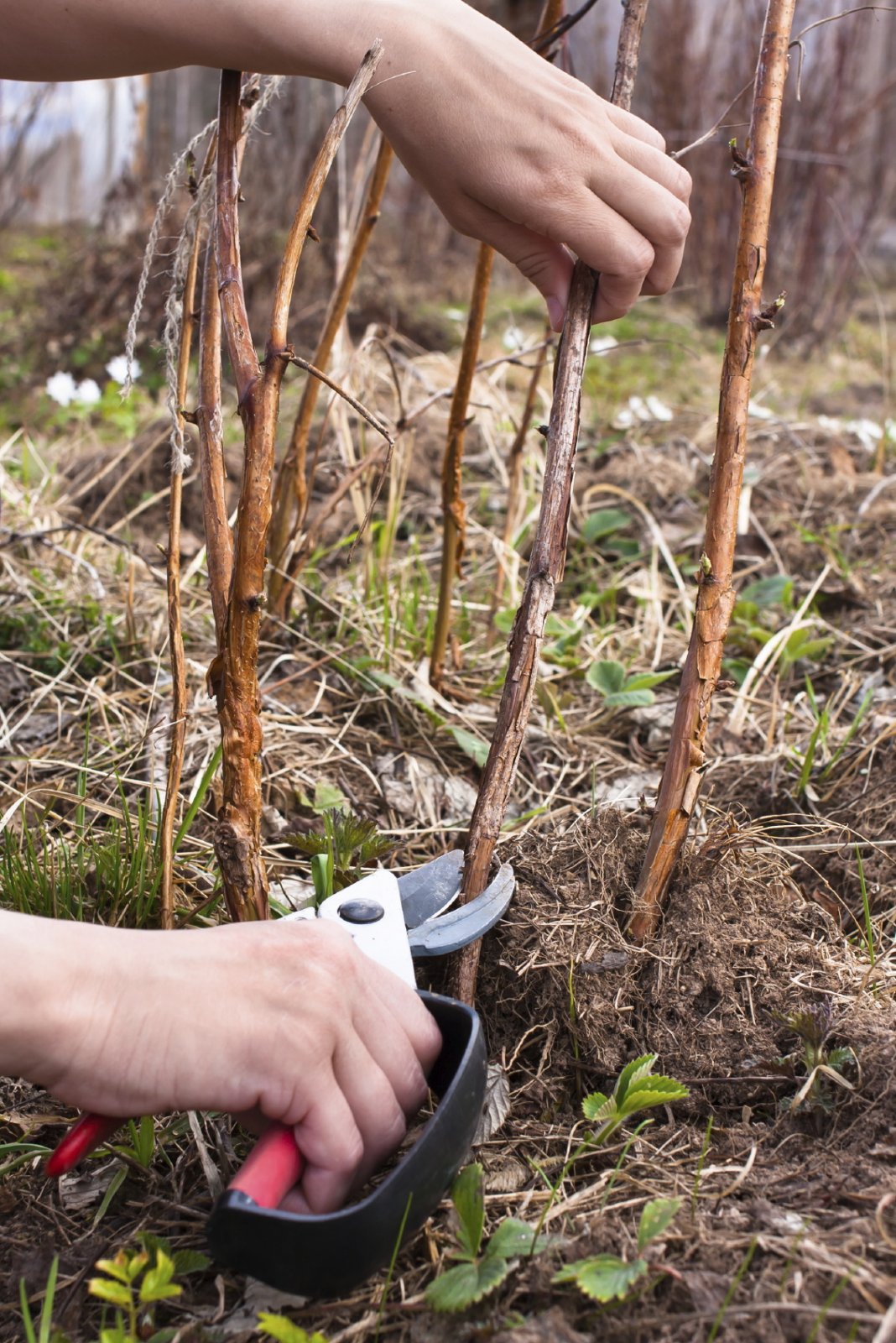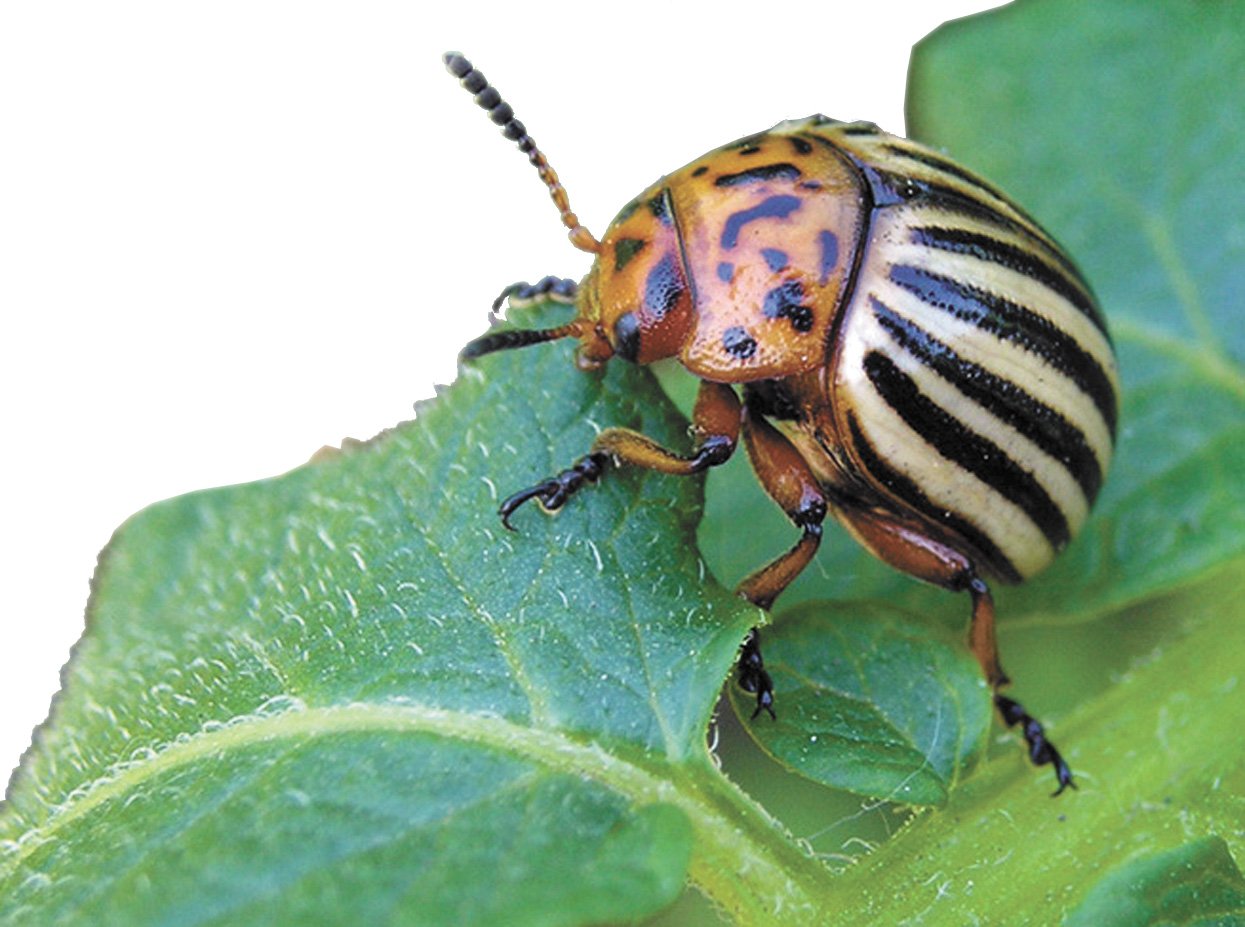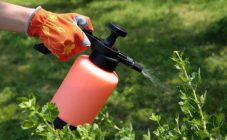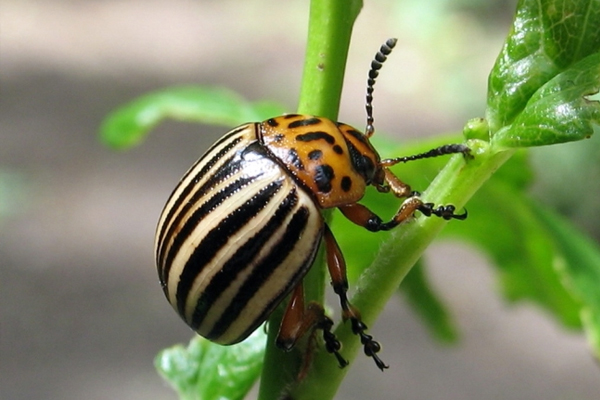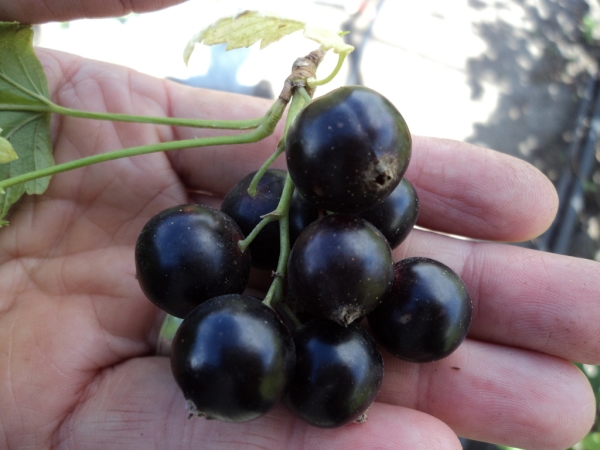Content:
Cucumbers are one of the most common crops found in almost any garden area. However, she has a predisposition to many diseases, especially fungal infection. It is always better to prevent the problem than to eliminate the consequences of the disease, leading to the death of plants, a decrease in productivity.
It is important for novice gardeners to know the basic rules of agricultural technology and the parameters of the life support of the crop, than to process cucumbers from diseases, so as not to be left without a crop as a result. There are many known methods of pest control, treatment and prevention of seedlings.
Conditions for growing cucumbers in a greenhouse and open field
Parameters for growing greenhouse cucumbers, which must be observed:
- temperature regime,
- humidity of air and soil,
- feeding,
- loosening,
- mulching.
Temperature
The root system of cucumbers is vulnerable, it cannot stand even short-term frosts. Low temperatures can lead to poor growth, morbidity of the roots and root collar, up to the complete death of seedlings. The minimum value for the period of planting seeds is +16 g, although cucumbers will quite survive a short-term decrease to +8 g.
Watering
The optimum air humidity for the greenhouse is 80%, it must be maintained to protect the soil from drying out. When growing cucumbers in a greenhouse, the soil should be constantly moist, so you need to water it with warm water more often (especially during the growing season), preferably in the morning. Ideally, it is worth watering for the rooting of seedlings - 3 times a week, for the formation of flowers - 1 time in 4 days, pouring 2.5 liters of water under each bush, for the formation of an ovary - 2-3 times a week (up to 9 liters of water 2-3 bushes).
Loosening the soil
To provide oxygen access to plant roots, it is important to loosen the soil under the bushes before and after watering. This will help prevent root rot, assimilate nutrients, and normalize breathing.
It is also worth mulching it to avoid evaporation of moisture from the soil and the formation of a crust on the soil surface, add humus (peat) to preserve heat when planting cucumbers in the winter.
Top dressing
Foliar feeding of cucumbers (potassium chloride, ammonium nitrate, mullein, manganese sulfate, double superphosphate, urea, boric acid) should be done regularly, 5-6 times per season. Inorganic, organic components are introduced during irrigation or the lower surface of the leaves is sprayed with solutions.
Hilling and pruning
Hilling is carried out after the garter of immature young seedlings to stimulate the growth of the root system.
Pruning is carried out as the 4th bottom sheet grows. The excess ones are removed along with the shoots from the axils, the lateral shoots above 7 internodes are thinned out in order to avoid a decrease in yield due to the large number of branches.
If there is excessive moisture in the greenhouse, it is imperative to ventilate after each watering.
Danger of cucumber diseases
Cucumbers most often get sick during the planting of seedlings or growth (ovary) of fruits in a greenhouse. The difficulty is that it is almost impossible to eliminate a virus or fungus completely. Sometimes the affected plants have to be urgently disposed of, and the tools (inventory) used must be disinfected in order to avoid massive contamination of the leaves, fruits and seeds of cucumbers, up to complete death.
The most common diseases of cucumbers and what they lead to:
- Anthracnose with the appearance of white spots on the leaves, leading to a slowdown in the movement of nutrients along the stems and shoots, drying out and death.
- Mealy dew with rashes on the leaves of cucumbers in the form of white flour, leading to drying, death of seedlings.
- Brown spotting with the defeat of fruits that are no longer recommended for eating.
- Gray rot, causing slimy spots on the stems of cucumbers, provokes decay and death.
- Ordinary mosaic with the appearance of light green spots on the leaves. As a result, the ovaries fall off, the leaves become tarnished and curled, the growth stops and the seedlings die off.
- Fusarium, causing infection with rot of the upper part of the plant, sinks down to the roots, eventually causing the death of the plants.
- Necrosis cucumber with the formation of spots on the leaves, the absence of flowering and plant growth.
- Bacteriosis- an infectious disease leading to damage to fruits, shoots, leaves. In case of infection during the flowering period, cucumbers may remain completely without ovaries.
- Black leg, provoking damage to the root system, lethargy of leaves, death of bushes.
Knowing how you can process cucumber seedlings, these problems can be avoided.
Prevention and treatment of diseases
There are various methods of eliminating cucumber diseases. Of course, a special role is assigned to prevention, because it is always easier to prevent a problem than to deal with its consequences later. Measures will help minimize the risks of developing diseases, get a good harvest of cucumbers right up to the fall.
- It is important to treat the planting material with potassium permanganate before planting in the ground.
- Purchase cucumber seeds only from trusted producers, since strong seedlings are less susceptible to pests.
- Avoid thickening of plantings, excessive drying of the soil, frequent watering with the creation of excessive moisture in greenhouses.
- Observe the crop rotation. Plant cucumbers in the same place no earlier than 3-4 years later.
- Ventilate greenhouses in time, remove plant residues from the beds.
- Destroy potential carriers of diseases with chemicals, folk remedies.
If you notice the appearance of parasites on the leaves of cucumbers in a small amount, then you can collect them by hand and wash them with soapy water. In case of extensive lesions, one cannot do without treating crops with chemicals:
- Fungicides (colloidal sulfur, Bordeaux mixture, Sandofan M8, Oxyhom, Acrobat MC, Bravo, Strobi) for the destruction of fungus, anthracnose in cucumbers.
- Bacterial facilities (Fitosporin) with seed treatment during the period of soaking in solution for 1.5 hours to destroy harmful bacteria.
- Insecticides (Fitolavin 300, Confidor, Fufanon, Aktellik, Abiga-peak, Kuproksat).
What to spray cucumbers with when infected with powdery mildew and root rot
- Pentafag for seed treatment;
- Quadris with spraying of the upper, lower parts of shoots and leaves;
- Rizoplan, which quickly suppresses spores of downy mildew, does not accumulate in the soil;
- Topaz (solution) for treatment in combination with water (2 ml per 10 l), spray the plants immediately when the first signs of the disease appear in dry, calm weather;
- Bordeaux mixture for the prevention, treatment of bacteriosis or angular spotting in cucumbers. 1% solution to spray seedlings during the growing season
Viruses are hardy organisms, so chemicals can be powerless. It is best to take preventive measures, control weeds, and buy virus-resistant cucumber varieties.
For the preventive treatment of cucumbers for diseases, simple but effective solutions are used:
- Ash and copper sulfate (1 × 1) in the fight against black leg, viruses, rust with the appearance of a whitish bloom, brown spots on the leaves.
- Milk whey and copper sulfate in case of infection of cucumbers with fusarium, spores.
- Milk (50g) with the addition of brilliant green, iodine in the event of a mosaic appearance in the form of spots on the leaves of cucumbers.
- Baking soda for treating leaves from gray plaque when infected with fungus, downy mildew.
- Whey, iodine and ash for powdery mildew.
- Fungicides and copper sulfate in case of cladosporium disease, brown olive spot in cucumbers, root rot with the appearance of red plaque on the ground and plant roots.
- Zelenka, boric acid, potassium permanganate, Trichopolum, Fitosporin (in tablets) for treatment against gray mold of cucumbers with damage to leaf tissues.
- Ash, ammonia, boric acid, colloidal silver, copper sulfate for the prevention of spider mite attacks.
It is recommended to dilute copper sulfate (0.5-1%) in an enamel or plastic container. Spraying cucumbers is necessary at an air temperature not higher than +30 degrees. To prepare a solution, pour 100 g of powder with hot water (1 l), dilute the mixture to 10 l of water, spray in the morning and evening. For the purpose of soil disinfection, use a 0.5% solution (50 g per 10 l of water).
It is not enough to know how to spray cucumbers; to get the result, you need to follow the instructions exactly.
How to spray cucumbers and leaves: folk recipes
- In milk (1l) grate laundry soap (3 tablespoons), add 25-30 drops of iodine. Spray the plants shortly before the end of the growing season.
- Ash solution, because it is wood ash that relieves well of many pests (diseases), promotes the growth of cucumbers, prevents the development of bacteria, slows down the development of powdery mildew. Sift the ash, pour 1 glass to boiling water (2 l). Grate with laundry soap (10 g). Spray seedlings 2 times every 7-10 days.
- Iodine and brilliant green. Add 10 ml of brilliant green and iodine to a bucket of water. Treat the stems with a solution, diluting with water 1 × 1.
- Soak rye bread in water. Add iodine (30 ml) to the bucket, pour the solution into glass bottles, cork, leave for storage in a cool dark place. Spray with infusion. 1 liter of liquid in 1 bucket of water once a week. For fungal diseases - up to 3 times a week.
- Milk whey, 2 l + sugar (150 g) + water (10 l). Stir, spray the cucumbers once every 2 weeks.
- Onion peel (700g). Pour in water (10 l), bring to a boil. Withstand 12 hours. Dilute with infusion of water (1l). Spray 2 times a week.
- Serum (3 L). Add copper sulfate (10 g), water (7 l). Treat plants from downy mildew.
- Finely chop the garlic (30 g), add water (1 l), wait a day. Dilute with water (9 l), irrigate the bushes immediately at the first manifestations of the foci of the disease.
- Mullein, pour fresh manure with water, leave for 24 hours. Stir, water the aisles of 10 liters per 1 sq. square meter. Use slurry in combination with water 1 × 4, soaking in a dark place for up to 7 days.
- For the disinfection of the greenhouse and soil. Combine copper sulfate (20g) with water (10 l), urea (10 g). Spray with ready-made solution, pouring 1 liter per 10 m2 of area.
- Iodine is good at eliminating root rot. With a solution in the composition with water, you can lubricate the stems of cucumbers by repeating the procedure several times.When deciding how to spray cucumbers, it is worth making a choice in favor of a combination of iodine and brilliant green. It shows good results because copper compounds quickly suppress plant diseases in cucumbers.
Most often, cucumbers are exposed to diseases during the flowering period, therefore, it is extremely important to observe preventive measures, they should be carried out as soon as the first flowers appear. Otherwise, pest damage will lead to:
- death of seedlings;
- lack of ovaries;
- decrease in fruiting and productivity.
Despite the many cucumber diseases, it is not difficult to treat them and folk remedies are quite helpful at the initial stage. The main thing is to know how cucumbers can be processed, to choose the right solutions and proportions, depending on the degree of infection of the cucumbers. For minor lesions, prophylactic folk formulations are suitable. With a strong infection, you cannot do without the use of more aggressive chemicals.
